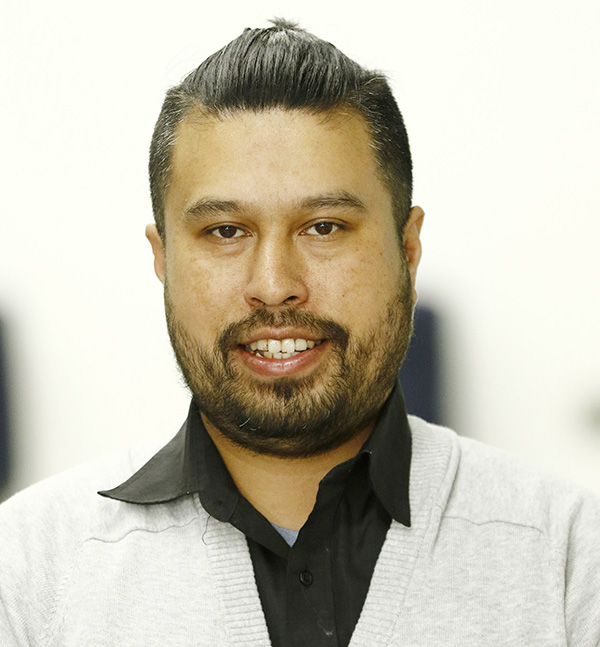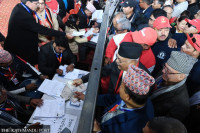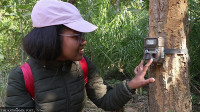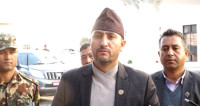National
SEE results display disparity in education offered at public and private-run schools
While 14,788 students from private schools secured GPA above 3.60, only 2,792 managed to do so from public schools .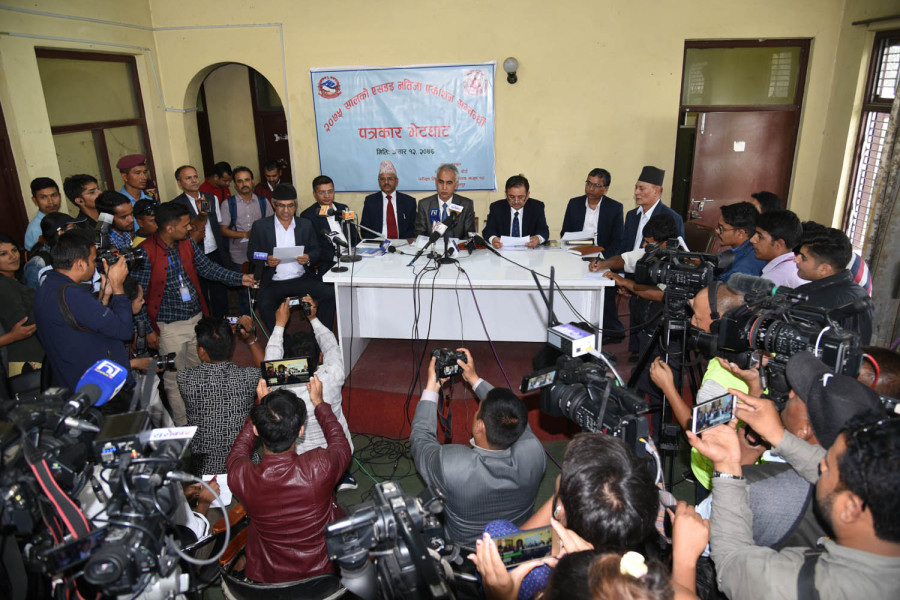
Samuel Chhetri
The National Examination Board published the Secondary Education Examinations results on Thursday. The exams were held in March earlier this year.
According to the board, 449,642 students took the SEE exams in the regular category while 9,633 students took the exam under the partial category.
This year’s Secondary Education Examinations brought to the fore the disparity that is evident in the education offered to students at public and private-run schools.
Of the 325,330 students who took the SEE exams from public schools, only 2,792 (0.8 percent) scored Grade Point Average (GPA) above 3.60, while 14,788 students (11 percent) of 133,945 students from the private schools were able to secure GPA above 3.60.
Similarly,11,233 students (3.45 percent) who attended SEE-representing public schools got GPAs that ranged from 3.20 to 3.60; in comparison to that 39,914 students (29.7 percent) from the private schools were able to secure the same grades.
According to the data provided by the board, a significant number of students from public schools have cleared the SEE securing significantly lower grades in comparison to their peers in private schools. For example, 278,276 students (85.5 percent) from public schools have scored less than 2.80 GPA. The percentage of students securing GPA below 2.8 is much less in private schools, which is only 40,072 students (29 percent).
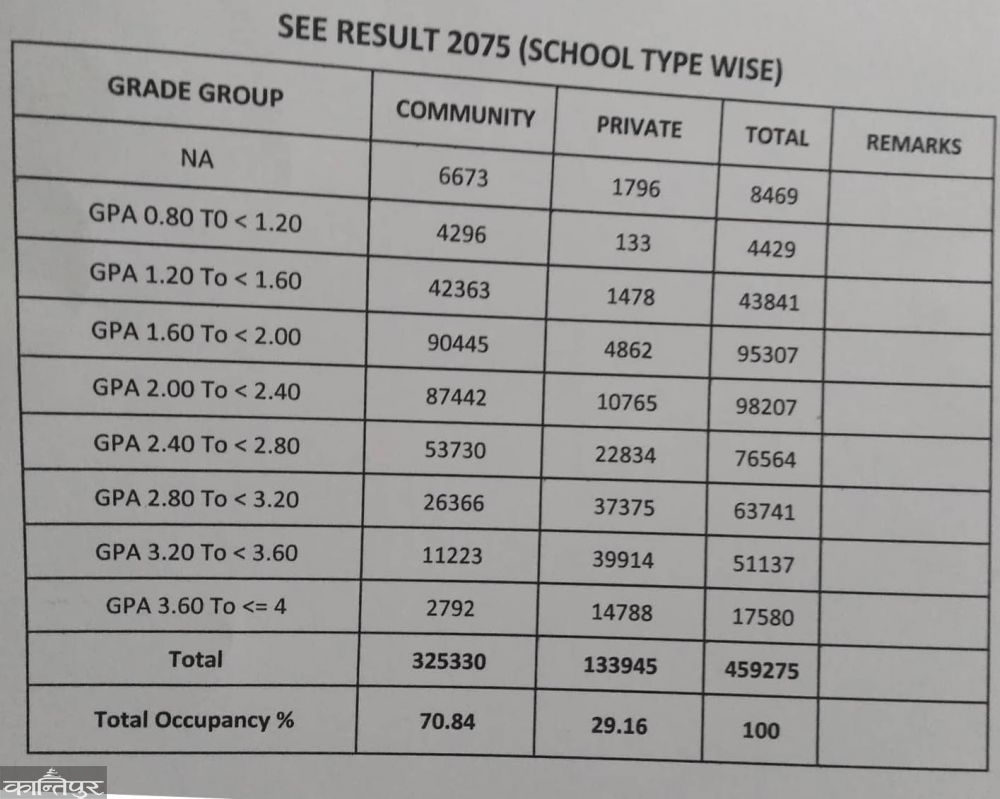
The government adopted the letter grading system following the eighth amendment to the Education Act-1972 in 2016. The endorsement restructured the education system, making 12th grade the final year of school education and scrapping the School Leaving Certificate.
Educationist Bidhya Nath Koirala said the poor performance by public schools in the SEE is a result of disparities in class. “Private schools have students from privileged backgrounds, and that is reflected in the education their students receive,” said Dr Koirala, “I don’t find the results surprising. Public schools have an obligation to cater to the educational needs of the masses, which means not every student gets the required attention.”
Koirala also pointed out that the disparity in the school level results was an issue of market-led education and government-led education. “The private schools run on the basis of result-oriented education, as good results of students means more student enrollment. In public schools, besides its poor education practices, they also have to deal with a lot of government meddling which affects education.”
Education expert Mana Wagle of the Tribhuvan University echoes Dr Koirala’s sentiments. “Private schools spend a lot of time and money to prepare their students for the SEE and the preparations start from grade 9,” said Dr Wagle. While private schools prepare their students early on, in public schools, students appear for exams before they even complete their course, with teachers giving little focus on the development of teaching methods.
Wagle added that a lack of good governance has posed a lot of problems for students appearing for the SEE, especially for students of public schools, who are seen to go to any length to pass the exams. One such instance occurred when the government had to suspend the tests of several subjects in Province 2 in the wake of back-to-back question paper leaks. Following the incident, hundreds of students took to the streets questioning the security and management competency of the Central Examination Board.
To ensure better performance by students all over the country, Wagle says there has to be government intervention at the grassroots level. “The government must focus on teachers’ development and on the allocation of ample budget to public schools,” he said. “As for the public schools, they too must be vigilant enough to create a teaching and learning friendly environment and cater to the educational needs of every child.”




 19.12°C Kathmandu
19.12°C Kathmandu